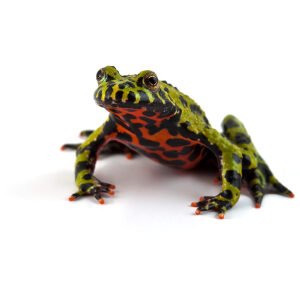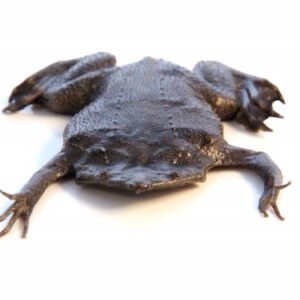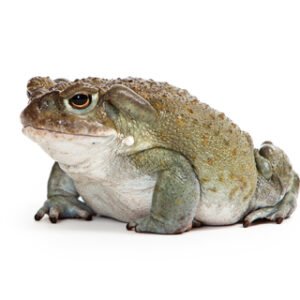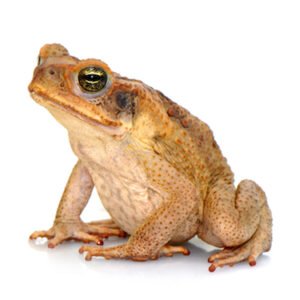Understanding Leaf Toads: An Introduction to the Species
Leaf toads, belonging to the family Bufonidae, are an intriguing group of amphibians celebrated for their remarkable adaptations and unique characteristics. Primarily found in the tropical rainforests of Central and South America, these toads thrive in lush, humid environments that support their specialized lifestyle. Their habitats are often characterized by dense foliage, which provides ample opportunities for camouflage and hunting. Understanding the natural habitat of leaf toads is essential for prospective pet owners as it directly influences their care and environmental needs in captivity.Leaf Toad
Physically, leaf toads exhibit a striking resemblance to the leaves they inhabit, which serves as an evolutionary advantage. This cryptic coloration and modified body shape allow them to blend seamlessly into their surroundings, offering protection from potential predators. Adult leaf toads typically display a range of earthy tones, including greens, browns, and yellows, often with intricate patterns that mimic the textures of foliage. Their size varies across species; however, they generally remain compact, making them manageable pets for enthusiasts.
Behaviorally, leaf toads are primarily nocturnal, emerging at night to forage for insects and other small invertebrates. Their diet plays a vital role in maintaining the ecological balance of their environments, as they help control pest populations. Additionally, leaf toads are known for their unique vocalizations, which are important for communication during the breeding season. These traits not only highlight their fascinating lives in the wild but also enhance their appeal as pets. By understanding the ecological role and captivating behaviors of leaf toads, enthusiasts can appreciate the obligations associated with their care and the ongoing commitment needed to ensure their well-being.
Caring for Your Leaf Toad: Habitat, Diet, and Health
When considering the care of leaf toads in captivity, the establishment of a suitable habitat is paramount. Leaf toads thrive in environments that closely mimic their natural habitats found in tropical forests. An ideal setup should encompass a terrarium of at least 20 gallons, which provides ample space for movement and exploration. It is essential to maintain a stable temperature between 75°F and 80°F (24°C to 27°C) during the day, with a slight drop at night. Employing high humidity levels of 60-80% is also crucial, which can be achieved through regular misting and the inclusion of live plants and moisture-retaining substrates such as coconut fiber or sphagnum moss.
Dietary requirements for leaf toads are primarily insect-based. A varied diet is essential for their optimal health; thus, offering a mix of small crickets, fruit flies, and other appropriately sized insects is recommended. These toads generally feed every other day, ensuring they receive adequate nutrition. Additionally, providing calcium and vitamin supplements on the insects can prevent nutritional deficiencies, promoting overall well-being.
Monitoring the health of your leaf toad is an important aspect of pet care. Common health issues include skin infections, respiratory problems, and obesity. It is advisable to frequently inspect your toad for signs of lethargy, changes in appetite, or abnormal skin conditions. Regular upkeep of their habitat, such as cleaning and replacing substrate, can greatly reduce the likelihood of health complications. Furthermore, maintaining proper humidity and temperature levels not only ensures comfort but also reinforces the immune system, contributing to a healthier life.
By providing proper care—including a tailored habitat, balanced diet, and vigilant health monitoring—leaf toads can thrive and become delightful companions for reptile enthusiasts.





